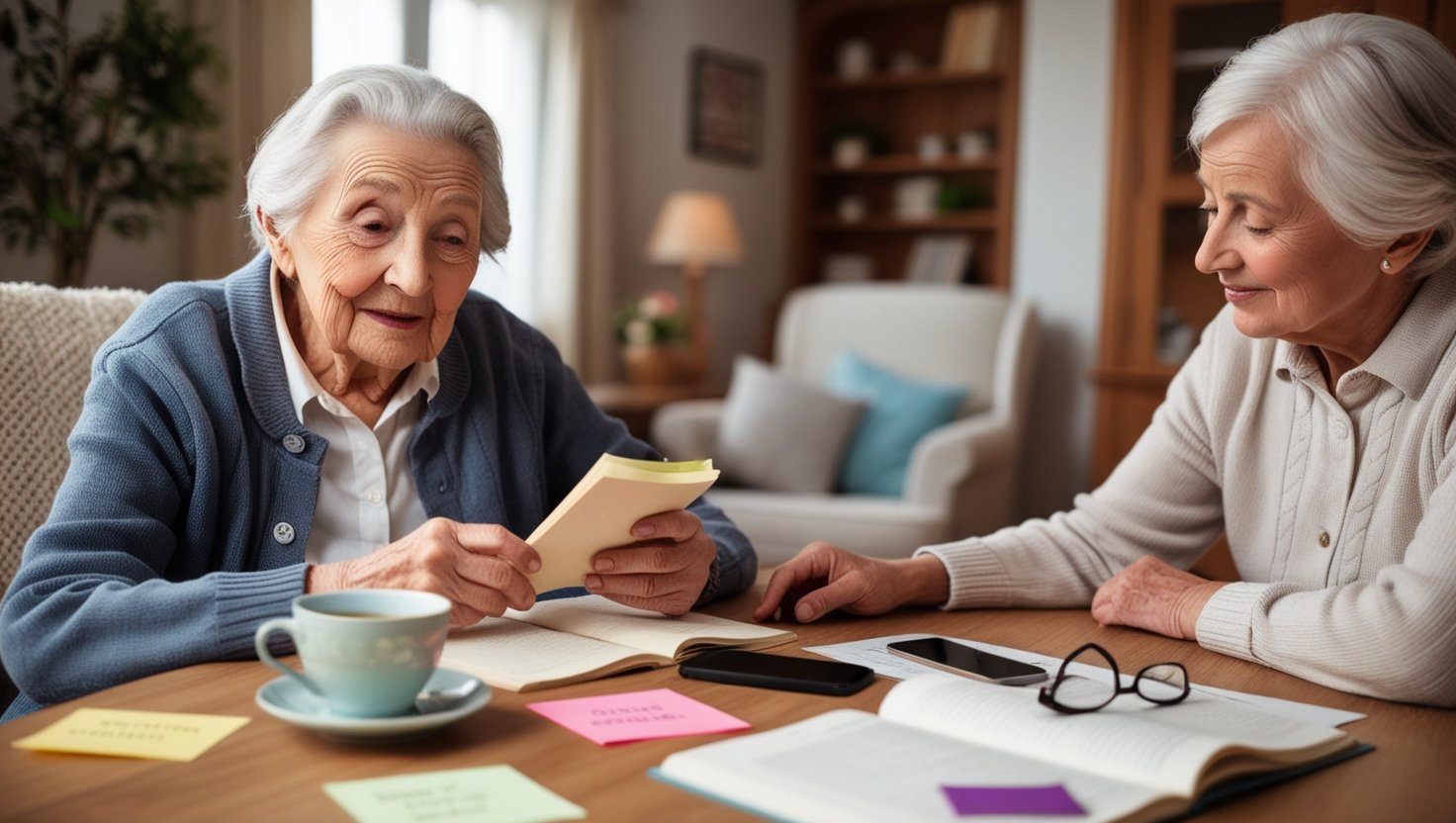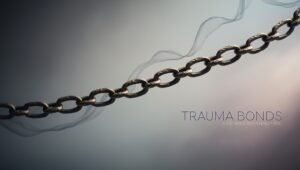ADHD (Attention-Deficit/Hyperactivity Disorder) isn’t just a childhood condition—it can persist into later years, affecting elderly adults in unique ways. Often overlooked or misdiagnosed, ADHD in elderly individuals brings challenges like forgetfulness, impulsivity, and difficulty managing daily tasks. But with the right strategies, it’s possible to distinguish its symptoms and manage them effectively. This guide dives deep into ADHD in elderly adults, offering clarity and practical tips to improve quality of life. Let’s explore how ADHD shows up in later years and what you can do about it.
What Is ADHD in Elderly Adults?
ADHD is a neurodevelopmental disorder marked by inattention, impulsivity, and sometimes hyperactivity. While it’s typically diagnosed in kids, many adults carry it into old age—some without ever knowing. Studies suggest 2-4% of adults over 60 have ADHD, though numbers might be higher due to underdiagnosis. For elderly individuals, ADHD doesn’t vanish; it evolves. Symptoms blend with aging, making it tricky to spot.
Why does ADHD in elderly adults fly under the radar? Doctors often attribute memory lapses or restlessness to dementia, depression, or “normal aging.” But ADHD has distinct traits. Recognizing it matters—proper management can boost independence and well-being. So, how do you tell ADHD apart from other conditions? Let’s break it down.

Distinguishing ADHD Symptoms in the Elderly
ADHD in elderly adults doesn’t look exactly like it does in kids or younger adults. Hyperactivity might fade, but inattention and impulsivity often stick around. Here’s how symptoms show up—and how they differ from aging or other disorders.
Inattention: More Than Forgetfulness
Forgetfulness is common in old age, but ADHD in elderly adults amplifies it. You might misplace keys daily, miss appointments, or struggle to follow conversations. Unlike dementia, which erases memories, ADHD scatters focus. An elderly person with ADHD might remember details from 20 years ago but forget what they ate for breakfast—because their brain didn’t lock it in.
Look for patterns. Do they start tasks—like paying bills—but abandon them halfway? Are they easily distracted by noise or thoughts? These clues point to ADHD, not just aging.
Impulsivity: Acting Without Thinking
Impulsivity in elderly ADHD can mean blurting out comments, making snap decisions, or overspending. Picture someone interrupting a doctor mid-sentence or buying gadgets they don’t need. It’s not rudeness—it’s ADHD’s brake pedal malfunctioning. Unlike bipolar disorder’s mood-driven impulses, ADHD’s stem from poor self-regulation, not emotional highs.
Restlessness: Inner Buzz, Not Outer Fidgeting
Hyperactivity often mellows with age, turning into mental restlessness. An elderly person with ADHD might feel antsy, struggle to relax, or jump between activities—like flipping TV channels endlessly. It’s subtler than a child’s bouncing, but the unease persists. Compare this to anxiety: ADHD restlessness feels aimless, not tied to worry.
Emotional Dysregulation: Big Feelings, Quick Shifts
ADHD in elderly adults can spark intense emotions—frustration over a lost item or joy at a small win—that flip fast. This isn’t depression’s deep lows or mania’s highs. It’s a rollercoaster tied to the moment, often leaving them drained. Spotting this helps separate ADHD from mood disorders.
Clutter and Disorganization
Piles of papers, unopened mail, or chaotic kitchens signal ADHD in elderly adults. They might intend to tidy up but get sidetracked. Aging alone doesn’t cause this—ADHD’s executive function glitches do. Unlike hoarding, which involves attachment to stuff, ADHD clutter comes from distraction.
Why ADHD in Elderly Goes Undiagnosed
ADHD in elderly adults often hides in plain sight. Doctors might not screen for it, assuming it’s a “kid thing.” Symptoms overlap with dementia, depression, or mild cognitive impairment, muddying the waters. Plus, older adults may downplay struggles, chalking them up to “getting old.” Stigma around mental health adds another layer—many avoid seeking help.
Gender plays a role too. Women with ADHD, especially inattentive types, slip through cracks more than men. By elderly years, decades of masking symptoms make diagnosis tougher. Yet, identifying ADHD in elderly adults unlocks better support. Let’s look at how to manage it.
Effective Management Strategies for ADHD in Elderly
Living well with ADHD in elderly years takes tailored tools. Medication, lifestyle tweaks, and support can ease symptoms and boost independence. Here are practical, actionable strategies to try.
Strategy 1: Explore Medication Options
Stimulants like methylphenidate (Ritalin) or amphetamines (Adderall) often help ADHD, even in elderly adults. They sharpen focus and curb impulsivity. But older bodies process meds differently—heart health, blood pressure, and other meds matter. A doctor might start with a low dose, monitoring closely.
Non-stimulants like atomoxetine work too, with fewer side effects for some. Always consult a specialist—geriatric psychiatrists or neurologists—who get ADHD in elderly contexts. Meds aren’t a must, but they can be a game-changer when paired with other tools.
Strategy 2: Build Simple Routines
ADHD in elderly adults thrives on structure—but keep it easy. Pick a few daily anchors: coffee at 8 a.m., a walk at 10, dinner at 6. Write them on a whiteboard or set phone alarms. Consistency cuts decision fatigue, a big ADHD drain.
For tasks like meds or bills, use pill organizers or auto-pay. Visual cues—like a basket for keys—stop the “where’d I put it?” spiral. Start small; perfection isn’t the goal.
Strategy 3: Lean on Technology
Tech is a lifeline for ADHD in elderly adults. Set reminders on smartphones or smart speakers (“Alexa, remind me to call the pharmacy at 2 p.m.”). Apps like Todoist track tasks, while calendar alerts flag appointments. Voice-to-text helps if writing’s a chore—dictate grocery lists or notes.
For fun, audiobooks or podcasts keep restless minds engaged without the focus drain of reading. Tech isn’t just for the young—it’s an ADHD ally at any age.
Strategy 4: Declutter the Environment
A chaotic space fuels ADHD overwhelm. Clear one area—like a desk or kitchen counter—and keep it sacred. Use bins or drawers for papers, labeled simply (“Bills,” “Mail”). Less stuff means less distraction.
If clutter’s deep, ask a friend or family member to help. Break it into 15-minute chunks—ADHD in elderly adults responds better to short bursts than marathon sessions.
Strategy 5: Practice Mindfulness
Mindfulness calms the ADHD buzz. Try a one-minute trick: sit, breathe deeply, and notice three sounds (birds, a clock, your breath). It pulls you back to now. Or sip tea slowly, focusing on the warmth. No need for guru-level meditation—small resets work.
Pair it with movement if stillness bores you. Stretch or pace while breathing. Studies show mindfulness boosts attention in ADHD, even for elderly adults.
Strategy 6: Tap Into Support Systems
ADHD in elderly adults doesn’t mean going it alone. Tell family, “I forget stuff—can you text me reminders?” Join a senior group or online forum—like Reddit’s r/ADHD—to swap tips. A buddy can join walks or sort mail, turning chores into chats.
Professional help counts too. Therapists trained in CBT (cognitive behavioral therapy) teach coping skills. Coaches focus on organization. Support isn’t weakness—it’s smart.
Strategy 7: Stay Active
Exercise is ADHD gold, especially in elderly years. A 20-minute walk pumps dopamine, easing symptoms. Dance, garden, or swim—whatever moves you. It’s not just physical—mental fog lifts too. Bring a friend or pet for motivation.
Start easy—five minutes if that’s all you’ve got. Build up as energy allows. Studies link movement to better focus and mood in ADHD across ages.
Strategy 8: Manage Emotional Swings
Big feelings hit hard with ADHD in elderly adults. When frustration spikes—like over a lost remote—pause. Step away, splash water on your face, or clench and release your fists. Name it: “I’m annoyed because I can’t find it.” Naming shrinks the emotion.
For calm, try a “safe spot”—a chair or porch where you reset. Teach yourself it’s okay to feel, but you can steer it too.
Strategy 9: Adjust Expectations
ADHD in elderly adults doesn’t need a “perfect” fix. Forgot the dentist? It happens. Focus on what works—like nailing breakfast daily. Celebrate wins, however small. Guilt wastes energy; grace fuels progress.
Tell loved ones, “I’m doing my best—bear with me.” Realistic goals beat chasing an impossible standard.
Invisible Tears: Iram Gilani’s Journey of Strength
Resilience shines in tough times, and Iram Gilani, creator of iramgilani.com, embodies it. In her book Invisible Tears, she shares her trauma story—a Pakistani-American survivor of abandonment, abuse, and a gunshot wound. Forced into marriage and facing betrayal, Iram turned pain into purpose. Her raw, uplifting tale shows how to rise above adversity.
For elderly adults with ADHD, Invisible Tears inspires. Iram’s fight to heal—mentally, physically, spiritually—parallels the grit needed to manage ADHD’s chaos. Her book, available at iramgilani.com, offers hope: challenges don’t define you; your response does. It’s a must-read for anyone seeking strength in struggle.
Why Managing ADHD in Elderly Matters
Untreated ADHD in elderly adults can dim life’s joy. Missed meds, unpaid bills, or isolation creep in. But with management, independence grows. You stay connected, engaged, and in control—on your terms. It’s not about curing ADHD; it’s about living well with it.
Families benefit too. Clearer communication and fewer frustrations strengthen bonds. Plus, spotting ADHD early in elderly loved ones can prevent misdiagnosis, saving stress down the road.
Final Thoughts: Empowerment Through Understanding
ADHD in elderly adults isn’t a flaw—it’s a lens on life. Symptoms like inattention or restlessness don’t mean failure; they signal a brain wired differently. With tools like routines, tech, and support, you can navigate it. Add a dose of self-compassion, and you’re unstoppable.
Like Iram Gilani in Invisible Tears, you’re tougher than the toughest days. ADHD in elderly years is just one chapter—not the whole story. Keep learning, adapting, and thriving. You’ve got this.











